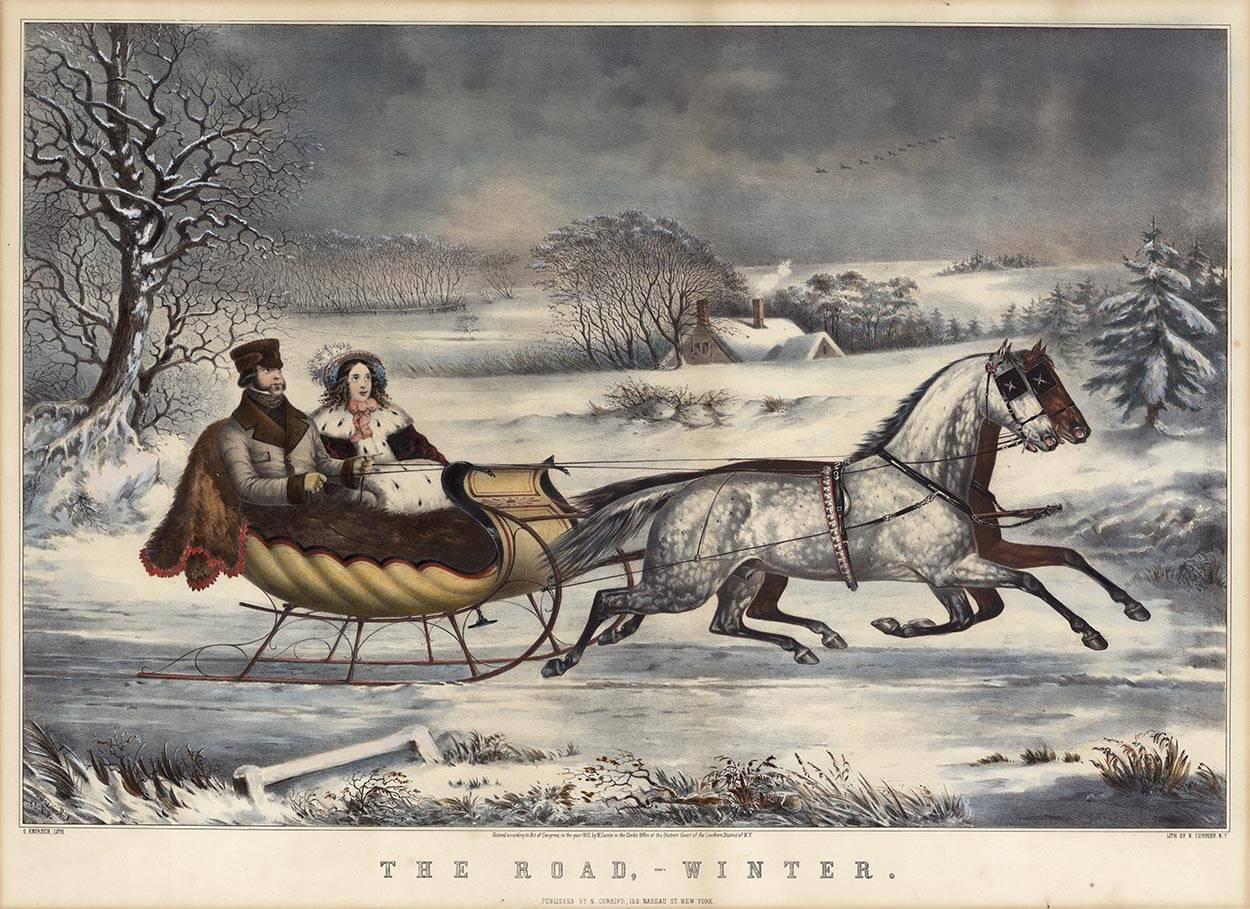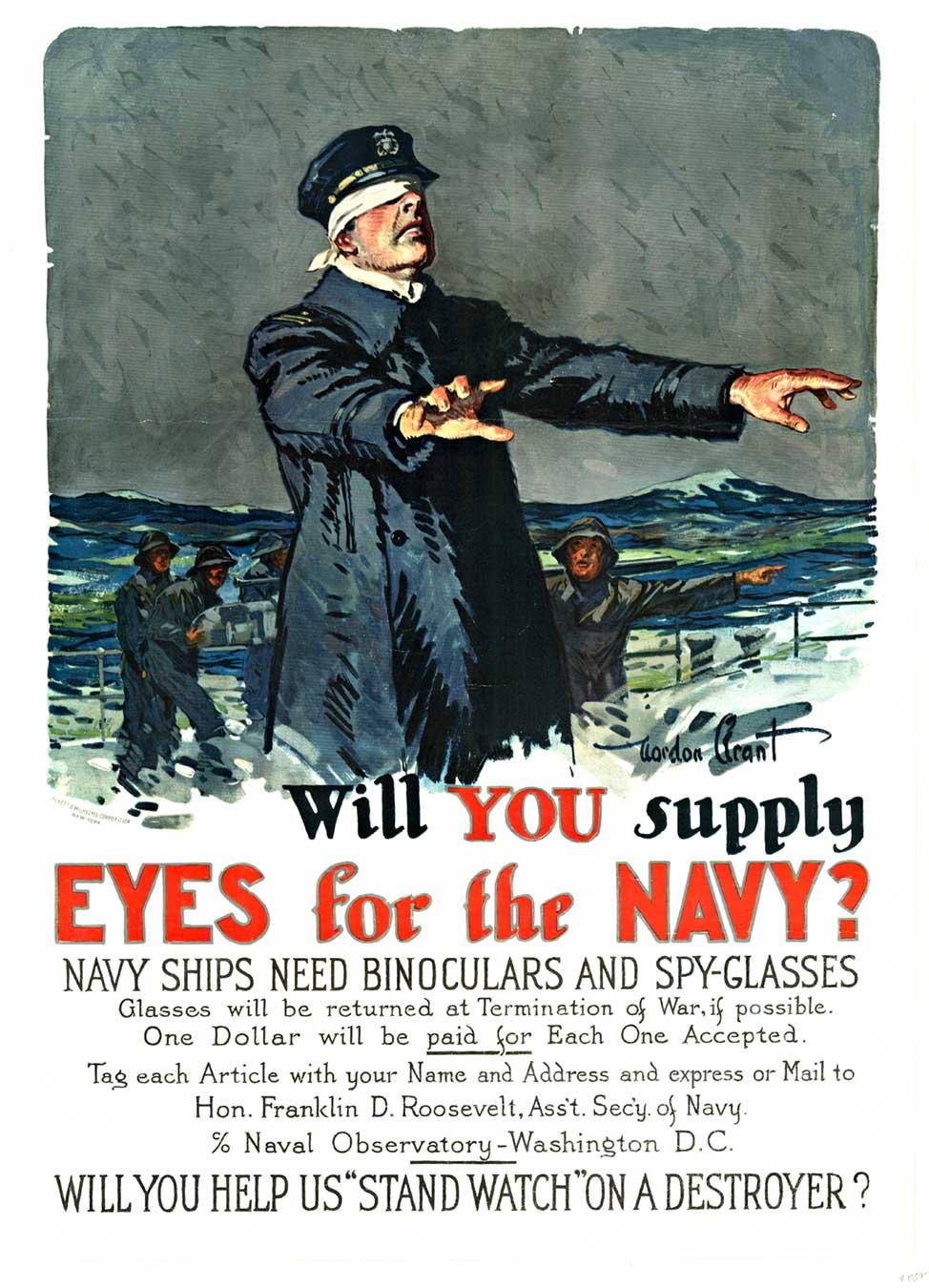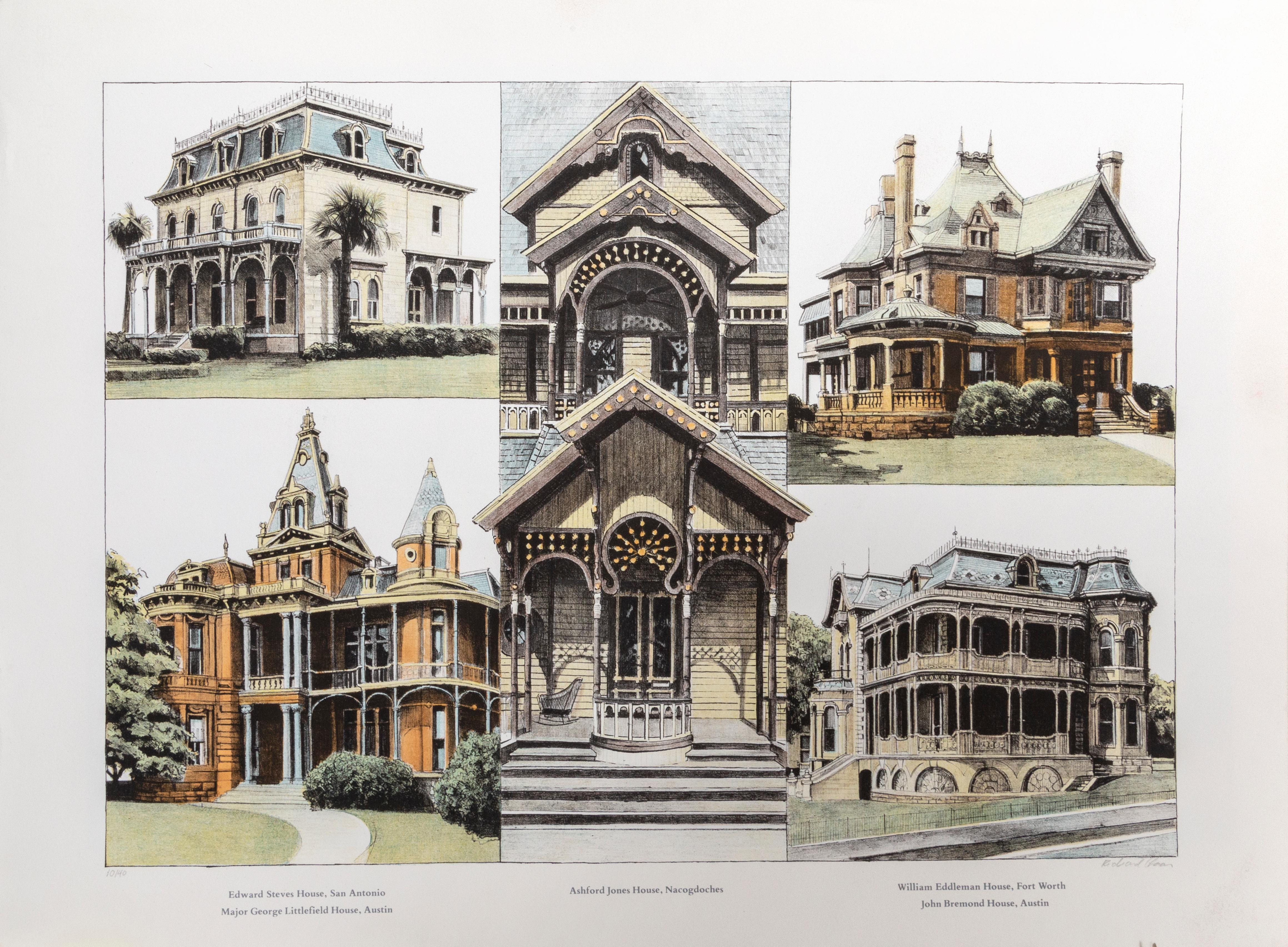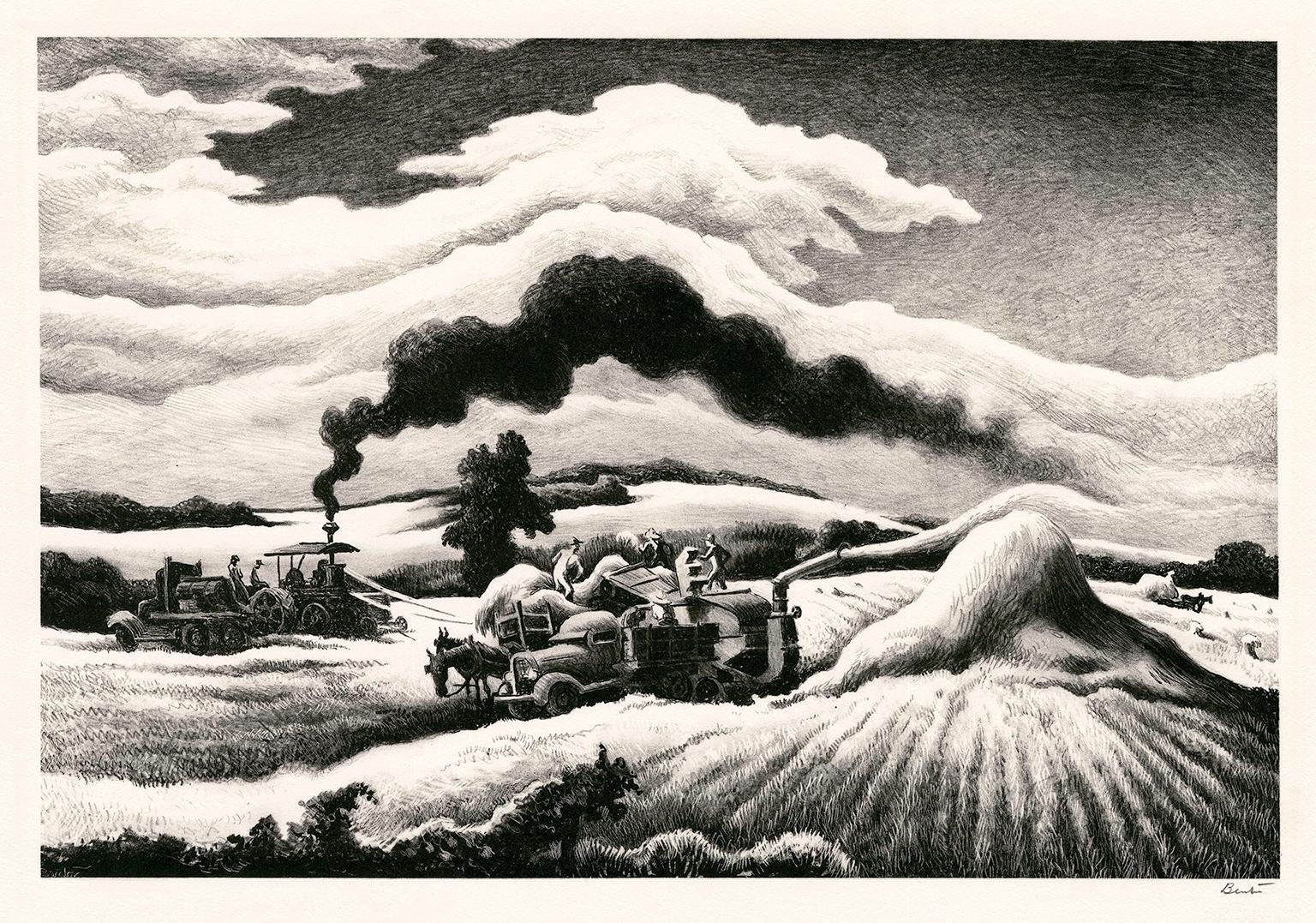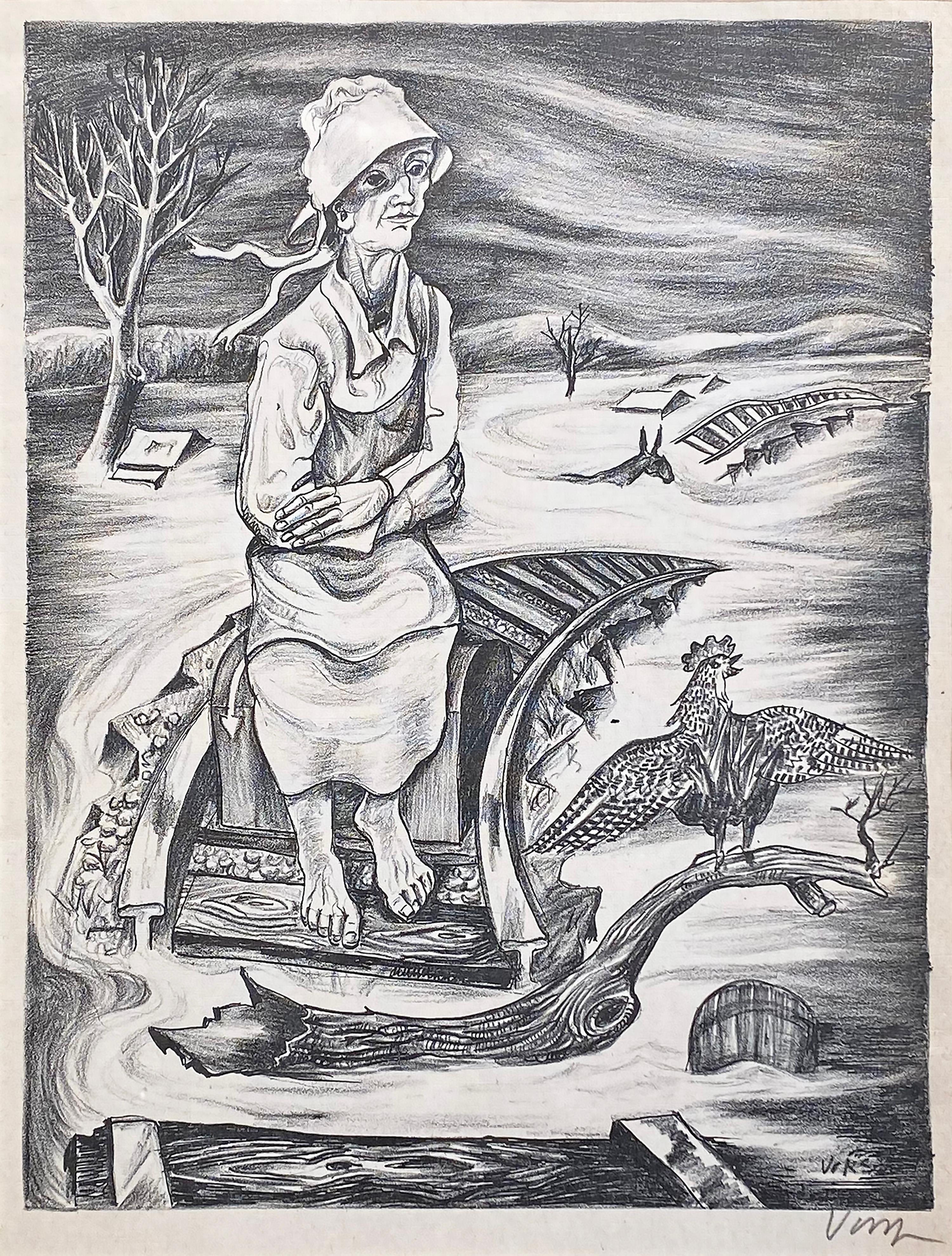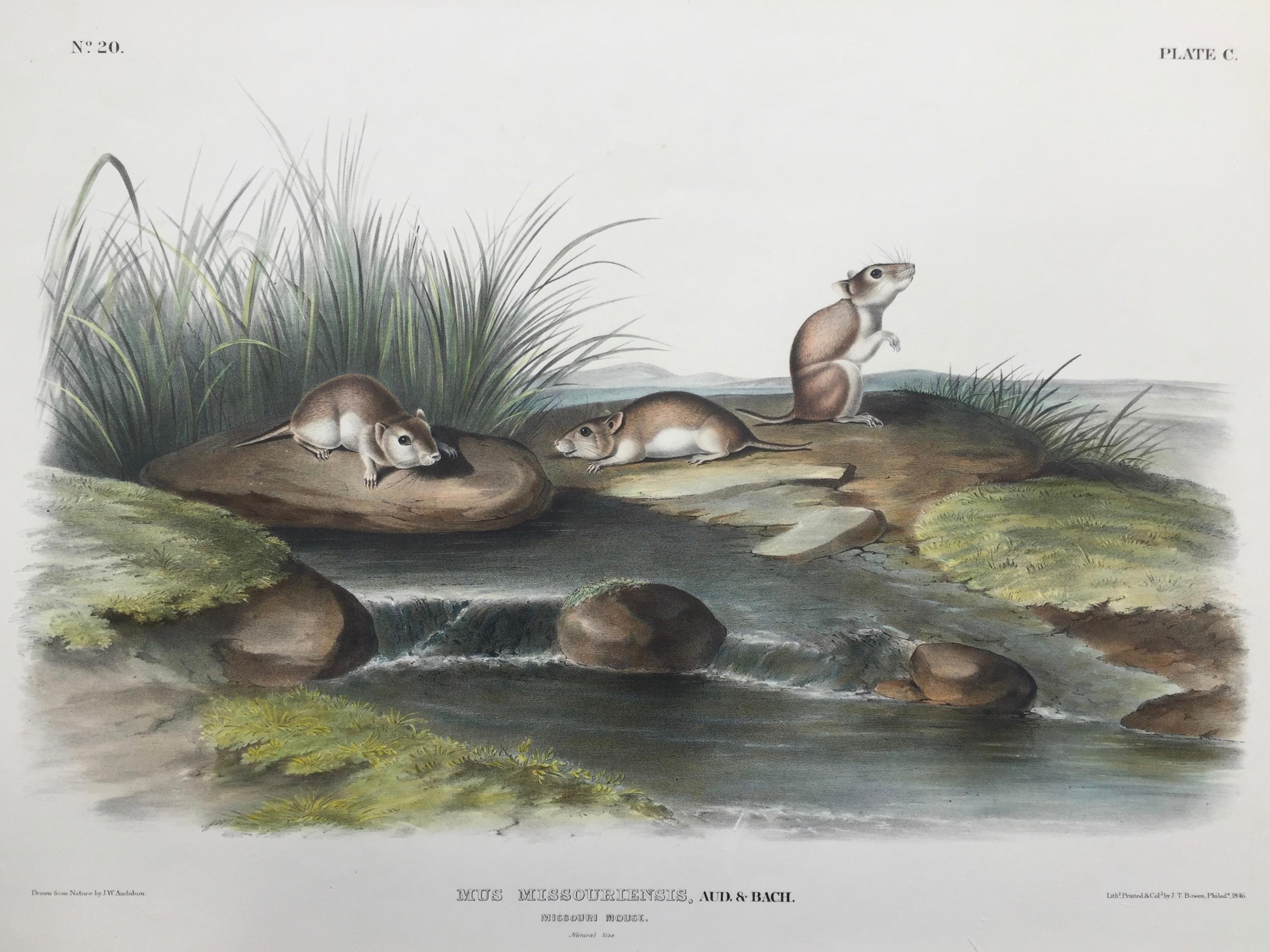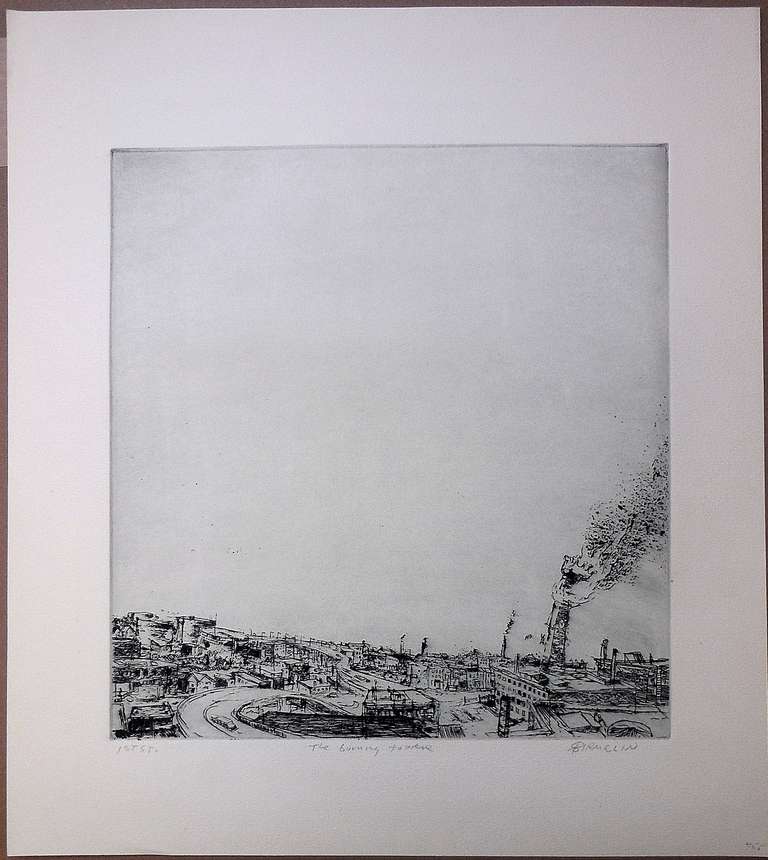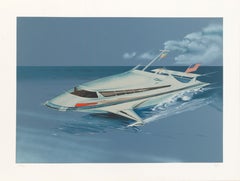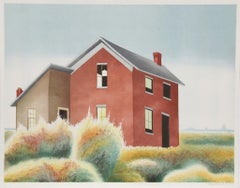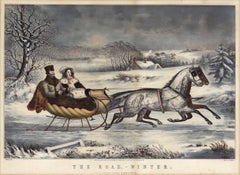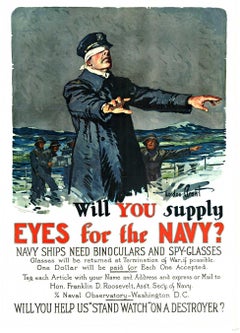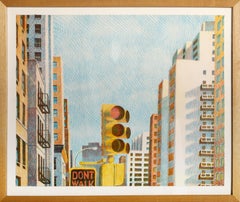
East Fifteenth Street (Red Light)
View Similar Items
Want more images or videos?
Request additional images or videos from the seller
1 of 7
Yvonne JacquetteEast Fifteenth Street (Red Light)1974
1974
About the Item
- Creator:Yvonne Jacquette (1934, American)
- Creation Year:1974
- Dimensions:Height: 20 in (50.8 cm)Width: 24 in (60.96 cm)
- Medium:
- Movement & Style:
- Period:
- Condition:In good condition apart from a few soft creases lower left. Nicely framed.
- Gallery Location:Long Island City, NY
- Reference Number:1stDibs: LU46610128572
About the Seller
4.8
Platinum Seller
These expertly vetted sellers are 1stDibs' most experienced sellers and are rated highest by our customers.
Established in 1979
1stDibs seller since 2014
More From This SellerView All
- HyrdofoilBy Raymond LoewyLocated in Long Island City, NYArtist: Raymond Loewy, American (1893 - 1986) Title: Hydrofoil Year: 1978 Medium: Lithograph, signed and numbered in pencil Edition: 300 Image Size: 17 x 24 inches Size: 21 in. x 28 ...Category
1970s American Realist Figurative Prints
MaterialsLithograph
- Homestead, Lithograph by Clarence Holbrook CarterBy Clarence Holbrook CarterLocated in Long Island City, NYArtist: Clarence Holbrook Carter, American (1904 - 2000) Title: Homestead Year: 1979 Medium: Lithograph, signed and numbered in pencil Edition: 200, AP 30 Size: 23 in. x 29 in. (58....Category
1970s American Realist Landscape Prints
MaterialsLithograph
- "Guggenheim Bilbao" Architectural Silkscreen on Aluminum by Richard HaasBy Richard HaasLocated in Long Island City, NYArtist: Richard Haas, American (1936 - ) Title: Guggenheim Bilbao Year: 2000 Medium: Lithograph and Silkscreen on Aluminum, signed and numbered Edition: 15...Category
Early 2000s American Realist Landscape Prints
MaterialsScreen, Lithograph
$2,000 Sale Price20% Off - Houses, Photorealist Lithograph by Richard HaasBy Richard HaasLocated in Long Island City, NYArtist: Richard Haas Title: Houses, Texas Year: circa 1980 Medium: Lithograph, signed and numbered in pencil Edition: 10/40 Image Size: 17.5 x 24 inches Paper Size: 21.5 x 29 in. (5...Category
1980s American Realist Landscape Prints
MaterialsLithograph
- Skiing, World Cup, Lithograph by Jim JonsonBy Jim JonsonLocated in Long Island City, NYUS World Cup Skiing Jim Jonson, American (1928–1999) Date: 1977 Lithograph, signed and numbered in pencil Edition of 300, AP Image Size: 18 x 25 inches Size: 22 in. x 30 in. (55.88 c...Category
1970s American Realist Landscape Prints
MaterialsLithograph
- Going Home, Lithograph by Georges SchreiberBy Georges SchreiberLocated in Long Island City, NYArtist: Georges Schreiber, Belgian/American (1904 - 1977) Title: Going Home Year: circa 1945 Medium: Lithograph, signed and titled in pencil Image Size: 9.25 x 13.25 inches Size: 12 ...Category
1940s American Realist Landscape Prints
MaterialsLithograph
You May Also Like
- The Road, - Winter.By Otto KnirschLocated in New York, NYPublished by N. Currier, 152 Nassau St. New York. Drawn on the stone by O. Knirsch. Lithograph hand-colored, 1853. This print was produced by Nathaniel Currier's staff as a Christ...Category
19th Century American Realist Landscape Prints
MaterialsLithograph
- Original 'Will You Supply Eyes for the Navy?' vintage American military posterBy Gordon GrantLocated in Spokane, WAOriginal WW1 poster, linen-backed. Very good condition, rare American WW1 antique military poster. Navy ships need binoculars and spy-glasses. Will you ...Category
1910s American Realist Portrait Prints
MaterialsLithograph
- 'Threshing' — 1940s American RegionalismBy Thomas Hart BentonLocated in Myrtle Beach, SCThomas Hart Benton, 'Threshing', lithograph, 1941, edition 250, Fath 48. Signed in pencil. Signed in the stone, lower left. A fine, richly-inked impression, on off-white, wove paper, with full margins (1 3/8 to 1 5/8 inches), in excellent condition. Published by Associated American Artists. Image size 9 5/16 x 13 13/16 inches (237 x 351 mm); sheet size 12 1/2 x 16 5/8 inches (318 x 422 mm). Archivally matted to museum standards, unframed. Impressions of this work are held in the following museum collections: Art Institute of Chicago, Fine Arts Museums of San Francisco, High Museum of Art, McNay Art Museum, Montgomery Museum of Fine Arts, and Nelson-Atkins Museum of Art. ABOUT THE ARTIST “Benton’s idiom was essentially political and rhetorical, the painterly equivalent of the country stump speeches that were a Benton family tradition. The artist vividly recalled accompanying his father, Maecenas E. Benton — a four-term U.S. congressman, on campaigns through rural Missouri. Young Tom Benton grew up with an instinct for constituencies that led him to assess art on the basis of its audience appeal. His own art, after the experiments with abstraction, was high-spirited entertainment designed to catch and hold an audience with a political message neatly bracketed between humor and local color.” —Elizabeth Broun “Thomas Hart Benton: A Politician in Art,” Smithsonian Studies in American Art, Spring 1987, p. 61 Born in 1889 in Neosho, Missouri, Benton spent much of his childhood and adolescence in Washington, D.C., where his lawyer father, Maecenas Eason Benton, served as a Democratic member of Congress from 1897 to 1905. Hoping to groom him for a political career, Benton’s father sent him to Western Military Academy. After nearly two years at the academy, Benton convinced his mother to support him through two years at the Art Institute of Chicago, followed by two more years at the Academie Julian in Paris. Benton returned to America in 1912 and moved to New York to pursue his artistic career. One of his first jobs was painting sets for silent movies, which were being produced in Fort Lee, New Jersey. Benton credits this experience with giving him the skills he needed to make his large-scale murals. When World War I broke out, Benton joined the Navy. Stationed in Norfolk, Virginia, he was assigned to create drawings of the camouflaged ships arriving at Norfolk Naval Station. The renderings were used to identify vessels should they be lost in battle. Benton credited being a ‘camofleur’ as having a profound impact on his career. “When I came out of the Navy after the First World War,” he said, “I made up my mind that I wasn’t going to be just a studio painter, a pattern maker in the fashion then dominating the art world–as it still does. I began to think of returning to the painting of subjects, subjects with meanings, which people, in general, might be interested in.” While developing his ‘regionalist’ vision, Benton also taught art, first at a city-supported school and then at The Art Students League (1926–1935). One of his students was a young Jackson Pollock, who looked upon Benton as a mentor and a father figure. In 1930, Benton was commissioned to paint a mural for the New School for Social Research. The ‘America Today’ mural, now on permanent exhibit at the Metropolitan Museum of Art, was followed by many more commissions as Benton’s work gained acclaim. The Regionalist Movement gained popularity during the Great Depression of the 1930s. Painters, including Benton, Grant Wood, and John Steuart Curry, rejected modernist European influences preferring to depict realistic images of small-town and rural life—reassuring images of the American heartland during a period of upheaval. Time Magazine called Benton 'the most virile of U.S. painters of the U.S. Scene,' featuring his self-portrait on the cover of a 1934 issue that included a story about 'The Birth of Regionalism.' In 1935, Benton left New York and moved back to Missouri, where he taught at the Kansas City Art Institute. Benton’s outspoken criticism of modern art, art critics, and political views alienated him from many influencers in political and art scenes. While remaining true to his beliefs, Benton continued to create murals, paintings, and prints of some of the most enduring images of American life. The dramatic and engaging qualities of Benton’s paintings and murals attracted the attention of Hollywood producers. He was hired to create illustrations and posters for films, including his famous lithographs for the film adaptation of John Steinbeck’s ‘Grapes of Wrath’ produced by Twentieth Century Fox. Benton’s work can be found at the Art Institute of Chicago, High Museum of Art, Fine Arts Museums of San Francisco, Library of Congress, McNay Art Museum, Metropolitan Museum of Art, Minneapolis Institute of Arts, Montgomery Museum of Fine Arts, National Gallery of Art, Nelson-Atkins Museum of Art, Smithsonian American Art Museum, Whitney Museum of American Art, The Truman Library and many other museums and galleries across the US. He was elected to the National Academy of Design, has illustrated many books, authored his autobiography, and is the subject of ‘Thomas Hart Benton,’ a documentary by Ken Burns.Category
1940s American Realist Figurative Prints
MaterialsLithograph
- One of Their Pets (Two Farm Boys and Cow at the Watering Hole)By Joseph VorstLocated in Missouri, MOOne of Their Pets (Two Farm Boys and Cow at The Watering Hole) By Joseph Vorst (1897-1947) Signed Lower Right Edition 1/50 Lower Left Unframed: 8.5" x 11" Framed: 16" x 18.5" German-born Joseph Vorst came from Essen (born June 19, 1897). His teacher was the leading German impressionist Max Liebermann (1847-1935), who was the champion of French impressionism in Berlin. He had traveled to Barbizon and Paris to see paintings by Manet first hand, including In the Conservatory, which made its way to Berlin. Later Vorst's home town of Essen would acquire a collection of modern art in 1921, which became the Museum Folkwang, one of the earliest of its kind. Most likely to escape the Nazis, Vorst made his way to Missouri; we know that he was a member of the American Artists Congress and he signed the famous "Call" in 1936 at the group's first congress, the left-wing organization that stood up to combat fascism. Surely he would have known Joe Jones...Category
Early 20th Century American Realist Landscape Prints
MaterialsLithograph
- Missouri Arrival (Flood)By Joseph VorstLocated in Missouri, MOMissouri Arrival (Flood) c. 1940 By Joseph Vorst (1897-1947) Signed Lower Right Unframed: 11" x 8.25" Framed: 18.5" x 15.5" German-born Joseph Vorst came from Essen (born June 19, 1897). His teacher was the leading German impressionist Max Liebermann (1847-1935), who was the champion of French impressionism in Berlin. He had traveled to Barbizon and Paris to see paintings by Manet first hand, including In the Conservatory, which made its way to Berlin. Later Vorst's home town of Essen would acquire a collection of modern art in 1921, which became the Museum Folkwang, one of the earliest of its kind. Most likely to escape the Nazis, Vorst made his way to Missouri; we know that he was a member of the American Artists Congress and he signed the famous "Call" in 1936 at the group's first congress, the left-wing organization that stood up to combat fascism. Surely he would have known Joe Jones...Category
20th Century American Realist Portrait Prints
MaterialsLithograph
Price Upon Request - New York Skyline, SketchBy John Taylor ArmsLocated in Myrtle Beach, SCA fine impression, on cream wove paper, with full margins (5/8 to 1 3/8 inches), in excellent condition. Edition 20. Signed and dated in pencil. Annotated 'Bolton Brown...Category
1920s American Realist Landscape Prints
MaterialsLithograph
Recently Viewed
View AllMore Ways To Browse
Landscape Antique Print
Tree Lithographs
Oxford Print
Venice Landscape Print
New York City Lithograph Landscape
London Sellers
Italian Landscape Lithograph
Retro Landscape Poster
Landscape 19th Century Lithograph
American Flag Retro
Retro American Flags
Lithograph Mountains
Sellers In London
Sellers Viewed
Southwest Prints
American Flag Pop
Etchings Tree
Etchings Of Trees

